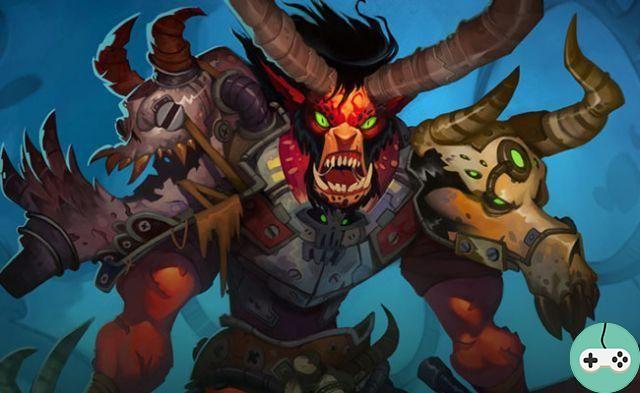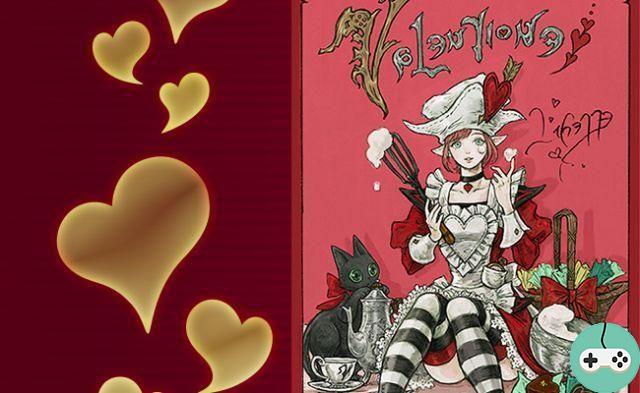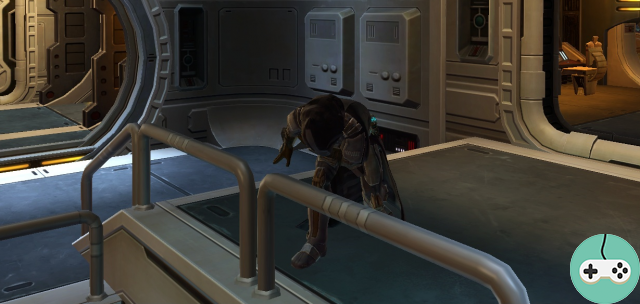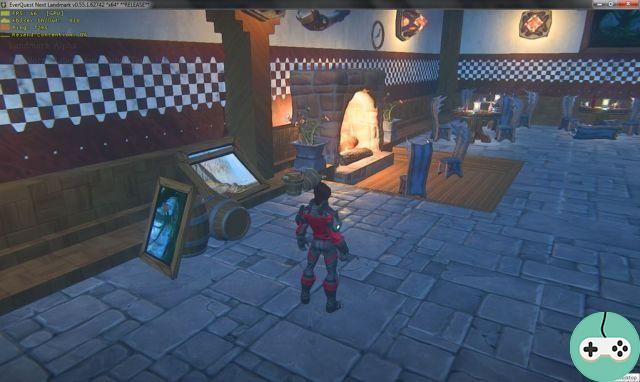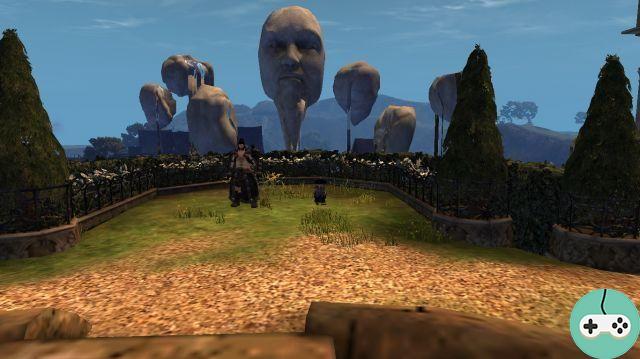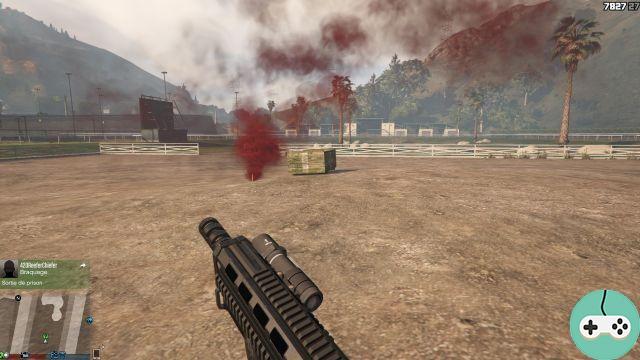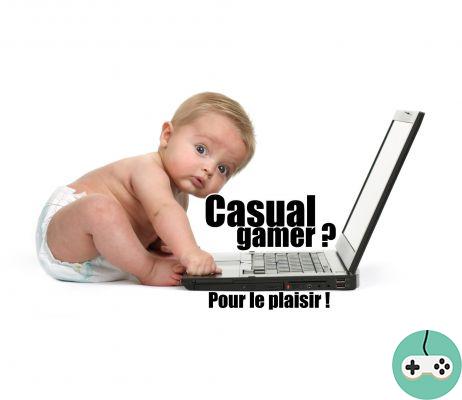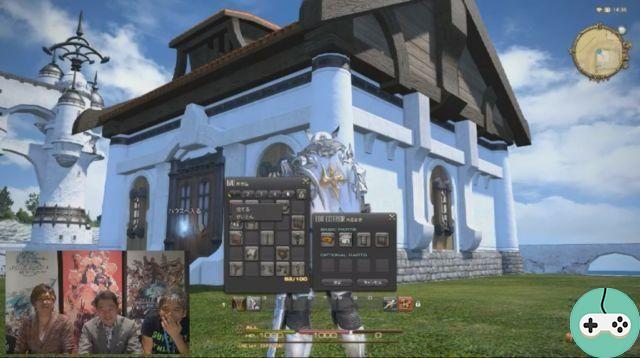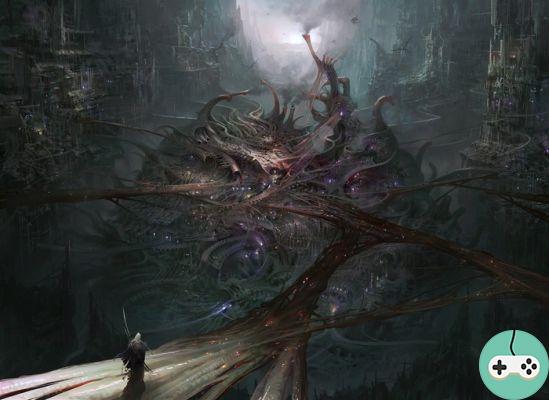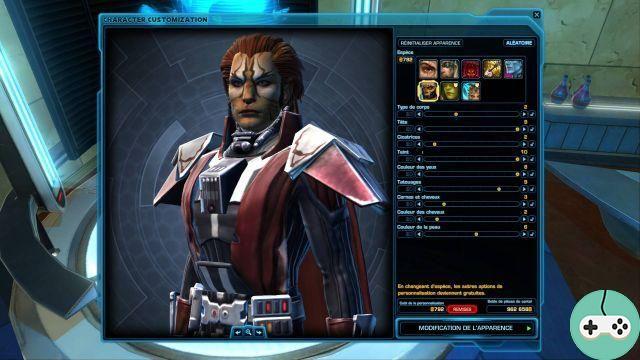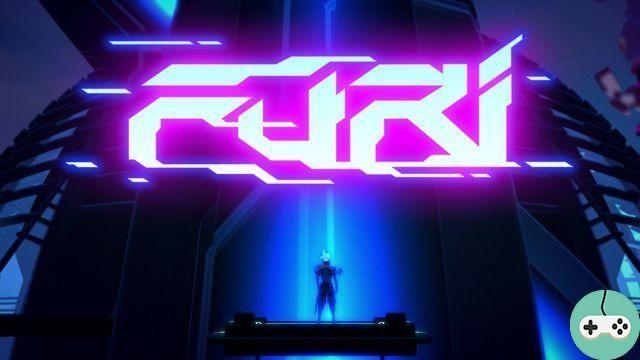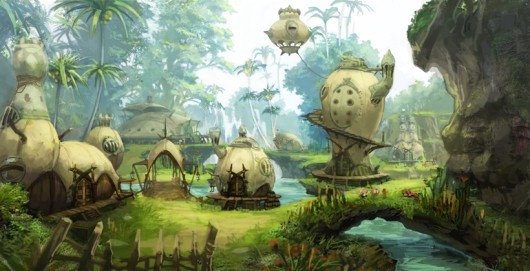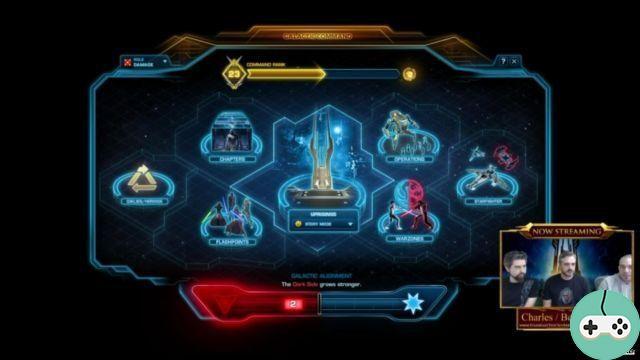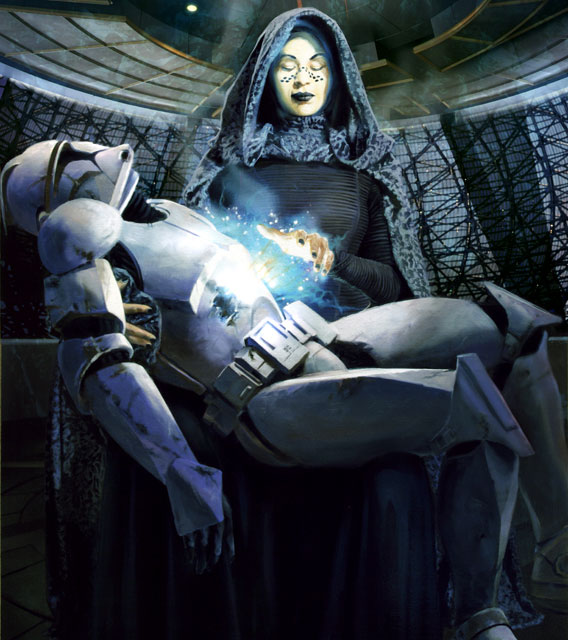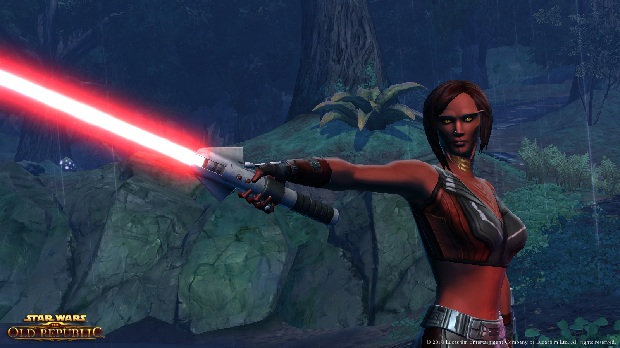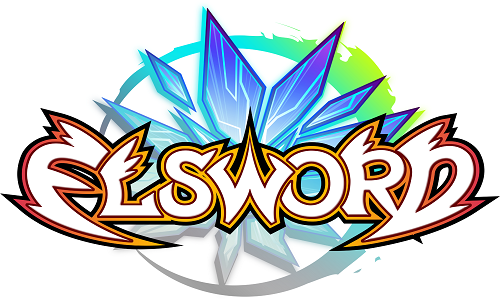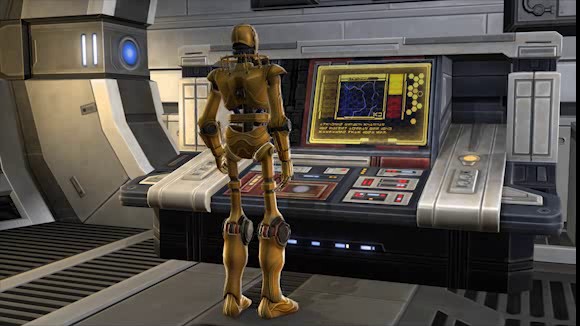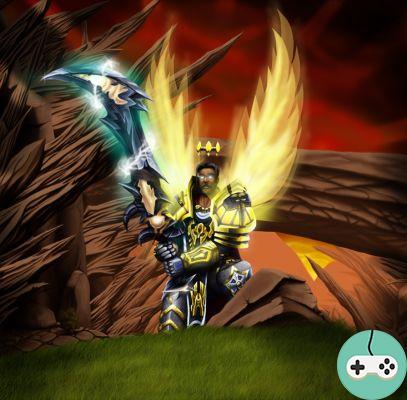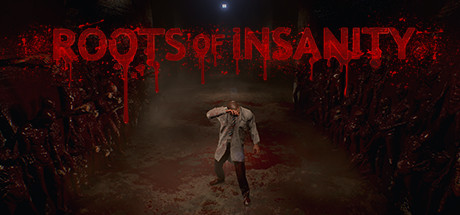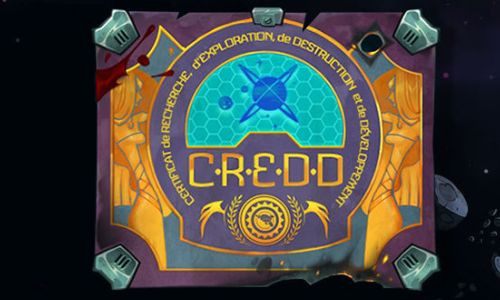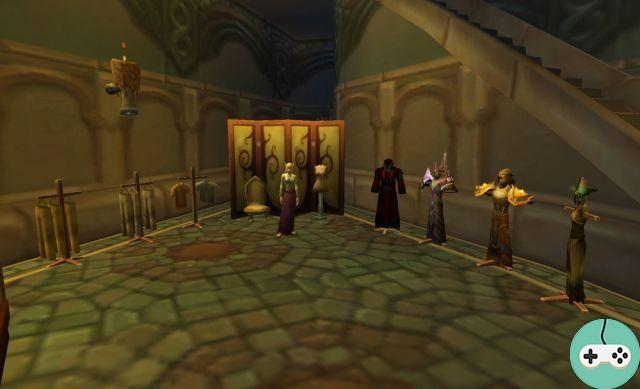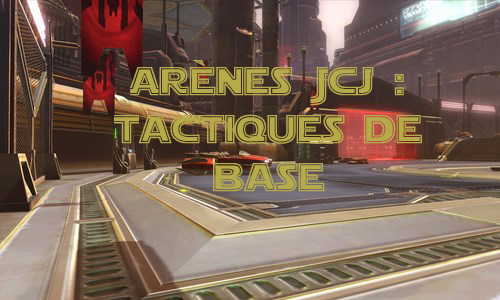
Good morning all. Today I offer you a guide for all those like me who hate arenas, but who are forced to do so since you can also find them in classic PvP. I probably won't teach the old backpackers much of the Ranked, but for everyone else, I hope it helps you understand some mechanics better. To each of my guides, I read with great pleasure the very pointed comments left by some, do not hesitate to contribute to add details or correct certain points.

Depending on the terrain and the composition, your tactic you will choose
Many of the beginnings of arenas are reminiscent of two cavalry charges that meet. We run towards the others, we find ourselves in the middle and we collide in a frightful crash of twisting metal, neighing mounts, punctuated by each other's oaths. Yes but no !
I am one of those who would have wished that the developers did not give us the composition of the team opposite at the start of the match, in particular in order to guarantee a better life for the classes deemed to be weak. But since they did, it must be used! Here are the different points to check:
- Who are the healers, tanks, and damage classes that can assist with healing? (normally everyone thinks about it but I mention it anyway)
- Which team has the most aloofs?
- Which team has the most stealth?
- Which team has the most zone bumps and / or countermeasures to bumps?
The first point will make it possible to determine the targets. I will come back to this in a dedicated paragraph. The other three points are essential in choosing the ideal terrain for the confrontation. Indeed if the team opposite is armored with bump classes, refuse to climb on a catwalk. Also keep in mind that gateways are confined spaces that are the joy of shockers and zoners.
Against a team that has a lot of stealth, it is imperative to stay together. Which doesn't mean on top of each other either. If you are all in the same place a small flash grenade will force you to use all your stun debreak from the start. On the other hand if one of you gets out on your own, a team of intelligent stealth will fall on him and l 'will eliminate cleanly, leaving you 3v4. So the ideal distance is around 15 meters from the others. In addition, if you do not see absolutely anyone, it is because an Agent or a Thief has activated his stealth area spell in front of you. Good news, that means they're probably all in one place. Why is this good news? Quite simply because the strong point of a stealth is that you don't know where he is and 95% of them don't know how to use this advantage well, they just use it to attack by surprise, the more often head-on, so it's an advantage that only lasts a few seconds in the end. So unless you run into vicious ones, putting a Maverick or Sniper up front and doing area spells at random will inevitably end up revealing their location to everyone. The ideal place to take on a team that uses contraband is near a wall (if possible near a corner to limit the possibilities of surprise) and in an open space.
Finally the last point, the distance / melee balance of power. If it turns out that a team has a lot of rangers while the one opposite has a lot of melee, the result is diametrically opposed terrain choices: the distant ones like to act in turret mode. For this, they need open ground. They will therefore choose the place on the map that contains the fewest obstacles. This way they can cycle quietly, in addition to the targeting choices put in place by the enemy appear very well, the melee is forced to jump from one target to another, and the shock is for their costs because they have to do mono-target. Conversely, a melee team is better off fighting in a place where many obstacles will disrupt the distant lines of sight, and to do this, they can take advantage of the focus: if three distant ones are pursuing one. healer around an obstacle, after half a turn they will be almost all three gathered in the same place.
The list is not exhaustive, depending on the capabilities of the two teams (grappling, teleportation, immobilization, etc.) there may be other factors that come into account in the choice of terrain.

At each round, your tactics will change
This is even more true for the team that lost the first set than for the one that won. Indeed, if a team has been able to set up a tactic that has paid off and the opponent has not found a countermeasure, the same tactic can work very well a second time. Yes, but ... keep in mind that an observant and intelligent opponent will have analyzed the strengths and weaknesses of your strategy and make changes to theirs to put you at fault the next time.
There is very little time between each round, but the losing team has more time to think as the dead see what happens. In the arena, it is very important to know how to look and to be able to take stock at the end: "we tried such and such a tactic, the opponent tried to do this, and in the end it resulted in ..." , and understand why one tactic won over the other. It can be a bad strategic choice, as it can be a stroke of bad luck or the fact that the other team made up for their bad choices thanks to the individual talents of its members.
If the game has been tense, you should expect the enemy to exploit your tactical weaknesses in the next round. So you have to have it in mind "if the enemy had been smart, he would have attacked like this, and we would have been in trouble" and assume that is what he is likely to do.
Thus, while the first round essentially allows you to gauge the balance of power and confront tactical choices made essentially according to the arena and the composition, the second round is extremely strategic and tactical, it is a real part of bluff. Each tries to exploit the weaknesses of the other while avoiding that his can be.

A psychologically decisive third round
I don't know about you, but for my part when I go into a pick-up match (which I do most often), that my team wins the first round and loses the second, three times out of four we also lose the third. Quite simply because we start the second round with confidence, and we discover that in fact the enemy is as strong as us (it's not good for morale), and that in addition he is stronger tactically since he was better able to observe and analyze the strategies during the first round and take advantage of them during the second and that he will do the same during the third.
Make no mistake about it! The third round, from a strategic point of view, works identically to the second, but what changes is the psychology of the players. In the second round:
- The winners of the first round are in "cool the first half of the way is done, we do the same and we win" mode. It's a positive attitude.
- The losers of the first round are in the mode "they had us well in the first round, but they lose nothing to wait we will show them who we are." It is a revenge and determined attitude.
So at the start of the second round, people are still happy to be there and they want to fight. By cons at the time of the third round:
- The winners of the second round are in "Perfect, we made them eat what they gave us in round one, it's time for the final whistle we will finish them clean". It is a very belligerent attitude.
- The losers of the second round are in mode "Ah damn we won quiet, and they had us well in fact they are strong how are we going to do to win?". It is a defeatist attitude.
Be careful, I'm not saying that's how it always works, especially the big teams, who got tricked in the second round can very well laugh softly "Ah hey they are not so bad after all, ok we take out the big one game "and inflict a good correction in the third set. What I wanted to demonstrate by this long development is that if we reach the third round it is because the two teams are more or less balanced and that the psychological and moral aspect can be decisive. Be careful not to lose out! A small message in the console "we make such a strategy and we massacre them" can be enough to galvanize the troops.

Target management
Everyone's been on a Void Star whose doors won't open, or in a Civil War whose right and left turrets are taken, and the one in the center is never captured until the end. Or if it's never happened to you, I wish you would. What I wanted to point out with this introduction is that targeting management is not specific to arenas. The main difference is the number. If you come across 4 healers with 4 tanks it's bad luck, the only thing you will be able to exploit is that after a while the healers will get bored, they will try to do damage and if they do all four at the same time, you have a chance. But in the general case, there will be roughly a healer, a tank, a damage class that can aid healing, and another damage class.
Here most people spot the healer from the opposite team, put a nice target on his face and say "target healer". The only exception is that if a damage class has more than 30k health at level 55, it means that it is in PvE gear and it is it that will be targeted. The problem with this strategy is that systematically the opposite team will expect it, the tank will put its protection on the healer, the healer will stay a little behind, and if in addition the healer is a good pole licker and a tank a good nagger, damage classes can chase after the healer indefinitely.
What most people don't realize is that most encounters are resolved like this: a team manages to isolate a team member in front of their tank and healer and smashes it cleanly. Then, the remaining three if they are relatively high alive with powerful spells (burst) in stock have about 15 seconds to do an area sleep, attack the weaker member and return to three against three. Otherwise the four opposite will recover their most powerful spells and continue their momentum all the more easily as they are now outnumbered. In this kind of situation, the flight is a good solution for the outnumbered team. If you can, quickly break up the fight, and apply the Horatii tactic against the Curiaces: eliminate enemies as they arrive.
The whole problem (and this is what I personally find boring) is therefore to find a way to isolate a member of the team across the way and give him a birthday party before the others react. It can be physical isolation, for example luring him onto a catwalk or, conversely, bumping three out of four members from a catwalk; or isolation linked to a rapid change of target. For information, the tank of the team opposite spends its time provoking you and looking at "the target of the target" to then put his bubble of protection on the one who is targeted.
The best time is therefore when the healer begins to do his pole licking, because he cuts his line of sight himself. Knock out the tank and do the maximum damage faster the lower the DPS. Keep in mind that some classes have invulnerability or stealth spells that they have an unpleasant habit of dropping when they drop below 30%, so keep a countermeasure handy to prevent them from them. do it backwards, and if that happens (the Healer Thug runs away in stealth), good news the team opposite temporarily has no healer left. In the weather there is a small circuit to hide behind a pole, quickly get back up and come back, you may have time to dismantle a damage class.

If you get targeted
In general, avoid standing still. There is nothing more lazy than a damage class. If you go around a pole, you have a 50% chance that people (especially distant ones) won't chase you and change targets. And when it comes to melee, most require a stationary target to be able to do the most damage quietly. Be careful all the same before moving, to check if you do not have a net. Otherwise you won't get far.
Likewise, as damage classes tend to fall on the first enemy within range, it is in your best interest that this be the tank. But if the case were to arise, do not necessarily react on the mode "the fight is engaged, we rush into the heap". Indeed, rushing through the heap sometimes means advancing into a place where two Orbital Strikes and a Lightning Storm are in the works. Let them unleash their big spells in the wind, grapple your tank or let it come back to you, remember that it is you and not them who must have the initiative (about the initiative, see my previous guide: Advanced Tactical PvP.
be patient
I saved the best for last. Say it to yourself and repeat it to yourself, you all have your time. Most of the arenas I saw ended very quickly. Every now and then a sneak tries to play cat and mouse and see if with gas and a bump he can't turn around a situation he's the only survivor of. This scenario is quite boring, you have to hunt it down all over the map or wait until the last seconds and do an area spell in the middle where it will inevitably be hidden at the end of the countdown.
Okay, but if we get rid of the question of the furtive who thinks he is clever, be patient all the same. Imagine that both teams have read this guide, that one of them chooses to fight in one place and the other in another according to their respective strategic analyzes. When the arena is launched, everyone goes to the place they have chosen and waits for those opposite. And there it is the beginning of a war of nerves, and it is what I like most in an arena, which will crack the other?
Keep in mind that there are several reasons that can force the opponent to give in:
- Recklessness / impatience: Young people today do not know how to wait. They want everything now. If nothing happens for two minutes they go nuts. It also works for the older ones.
- The arrogance: The two teams which observe each other must have an idea of the probable balance of power according to the compositions. The team that is theoretically the strongest has the least interest in waiting until the gas arrives. So the more a team believes itself to be strong, the more it will tend to give in first.
- Individualism and the mass effect: all it takes is for one to get impatient and take three steps, the others wonder if he is going and take three steps, the first one says to himself, it's good we are gone, and he rushes into the heap.
- Pride. Players who do PvP have ego. They like to compare the scoreboard, set damage or healing records, play hard, and they easily give in to provocation. It's a little low, but in war it's the result that counts and not the way. A few small emotes and other well-placed taunts can succeed where the rest failed.
- The feigned compromise. It's more difficult to set up, you have to move forward within range, launch an attack and move back a little. If the opponent doesn't think about it, he'll chase you and start targeting. Whichever of you is targeted will make sure to retreat to your chosen terrain. This is the same strategy as when trying to take off an opponent from a pylon or turret in a normal war zone: we present him with a goat, we wait for him to come and hit it, and we try to drag it away from its pylon.
If nothing works, you have two options: knowingly fall into the opponent's trap (take the time to analyze it to see how to turn it against him), or wait for gas. Once the opponent understands that you are ready to go all the way, the following innings will give way. If you run into the same group a lot, it may be worth it to sacrifice an arena so that they learn the lesson well and you can walk away with that psychological advantage in subsequent arenas.
Conclusion
As I hope I have been able to highlight, an arena involves a significant amount of strategy and psychology. Know how to play it and your victories will be more beautiful. Conversely, engage in combat without thinking and you will likely fall into the trap of any opponent with a minimum of savvy.
As said in the introduction, I am not an arena professional, there are surely tons of things that I missed. So do not hesitate to go there with your comments;).




